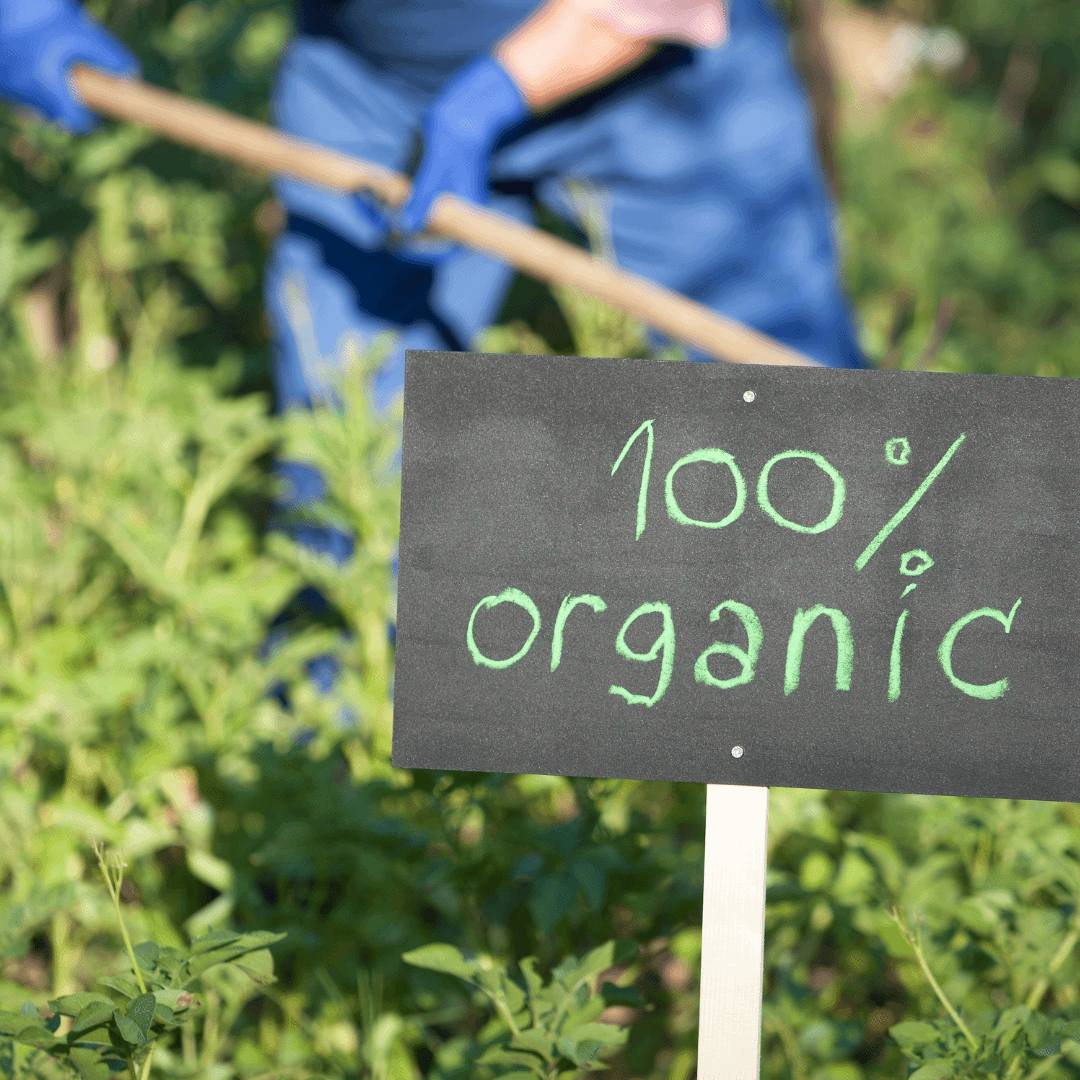As a business wanting to optimize CPG growth, it can be easy to fall into the trap of thinking that return on investment (ROI), as a performance metric, is solely on financial gains. After all, financial values are among the most tangible yields a company can measure.
However, to truly maximize ROI and deliver sustainable profitability and growth for companies, it’s important to think of ROI as a value that goes beyond immediate financial profits, following many considerations, including long-term profitability and retailer importance.
In this article, we’ll review the key points discussed in “Maximize Retailer ROI: Understand Your Costs, Cash Flow & Profitability”, a free masterclass provided by Luke Abbott, CEO of Vdriven. We’ll explore the nuances of ROI and look deeper into related concepts like “marqueeness” and the Vdriven’s THE CORE model.
The “Brand Constraint Triangle”
While we mentioned that maximizing ROI goes beyond looking into the financials, it’s still important to understand that reaching your ideal ROI starts with cash. As Luke Abbott puts it, “If I have no cash, I have to figure out how to turn cash. If I have cash, then I definitely want to be thinking about today’s volume, today’s velocity, today’s profitability. But if I only think about today, I might not ever really grow my brand or realize its potential.”
In other words, cash, the “brand constraint triangle,” is still a central aspect of a strategic ROI. Specifically, the brand constraint triangle balances the following:
- Cash constraints - How much capital do you have available?
- Present profitability - How much margin are you generating today?
- Future velocity investments - What are you investing in to drive tomorrow’s growth?
Without sufficient cash, everything stops. With cash, you must carefully balance immediate profitability against strategic investments that position you for future success.
Key Considerations in Maximizing ROI
Maximizing ROI involves focusing on building the foundations to having long-term, sustainable growth rather than simply chasing short-term gains. For this approach, it’s then important to consider the following key considerations:
1. “Right Product, Right Time”
Having a good ROI starts with having a product that will resonate well with your target market—that is, having a product that your target market craves and will resonate with them. This is where The CORE Model coined by Luke Abbott relates to ROI, for having the right CORE is fundamental to creating a strong foundation for a CPG brand that will thrive and ultimately succeed with having good ROI.
Having the right CORE involves:
- Right product at the right time
- Correct pricing and retail positioning
- Optimized manufacturing partnerships
- Resonant branding and packaging
With the right CORE, a CPG food company can avoid the problem of having high COGS that can significantly kill retail velocity or can result in having low margins. Vdriven can definitely help in this regard through our strategy deep dive. This is further emphasized by Luke Abbott in the masterclass: “Every investment I make in the core is like 10x cheaper than the investment I would need to make to make up for not getting the core right.”
2. Retailer Selection
Next thing to consider in optimizing your ROI is the process of selecting retailers. Strategic retailer selection balances immediate sales potential against longer-term marketing value. As a CPG food company, you should look beyond door count or volume opportunities. Make sure to think long-term and consider the significant impact that the retailer can bring to your brand.
The Concept of “Marqueeness”
Luke Abbott describes “marqueeness” as the cultural and strategic significance of a retailer beyond mere sales numbers. Selecting retail partners with ideal “marqueeness” can bring the following to your brand:
- Culturally relevant consumers who influence broader markets
- Respect from other retailers who watch their product selections
- A “halo effect” that enhances your brand’s perceived value
- Higher-than-average foot traffic relative to store count
Negotiating Margin Percentage vs. Dollar Whole
A critical negotiation point often overlooked is whether retailers require “margin dollar whole” (penny-for-penny funding of discounts) or “margin percentage whole” (maintaining the same margin percentage during promotions).
On a $3.99 product discounted to $2.99, the difference is significant:
- Margin dollar whole - Brand funds the full $1.00
- Margin percentage whole - Brand funds only $0.58
“Ask them, ‘I’m a small brand, could we please do margin percent?’” Abbott advises. “In many cases, it is negotiable.”
3. Supply Chain Optimization
Supply chain optimization can dramatically improve profitability without changing your product, price, or marketing approach. Consider enhancing your supply chain’s efficiency by finding and working with the supplier with the lowest markup, often the retailer’s primary distributor.
Take, for example, a fictitious brand wanting to sell through Sprouts. This brand can have three supplier options to choose from:
- Primary distribution via KeHE (lowest markup)
- Secondary distribution via UNFI (higher markup)
- Tertiary distribution via POD Foods (highest markup)
When this fictitious brand switches from POD Foods to KeHE, it can easily increase its gross margin to up to 45%.
4. Freight Optimization Strategies
The way products move from your facility to distribution centers can significantly impact your overall economics. Strategic freight management often yields immediate financial benefits while requiring minimal operational changes—making it an accessible optimization even for early-stage brands.
Going back to the example above, relying on the supplier for pickup from your facility, they typically add approximately 14% to your FOB cost. So, even a small change as to handling your own pickup and arranging its delivery to distribution centers, you can further reduce costs to up to 8%.
5. Following a Strategic Growth Path
Thoughtful expansion sequencing determines whether growth becomes sustainable or merely temporary. Many brands pursue opportunities randomly or based on which the buyer responds first, rather than following a methodical path that builds upon successive successes.
From Local to National
To illustrate the idea of following a strategic growth path from local to national, let’s take a look at the methodical expansion of Olipop, a brand that started with 40 stores, and now they are at around $200 to $250 million a year in sales. The brand went from local to national, as summarized in these steps:
- Local focus - Beginning with 40 stores in Northern California
- Regional expansion - Testing and refining the approach to scale
- National placement - Earning placement in Whole Foods and Sprouts
- Conventional entry - Moving into mainstream retail with validated retail velocity
Timing the Leap Towards Conventional Retail
So many brands want to skip the earlier steps and immediately leap towards entry to conventional retail. While it’s still doable, this approach can be quite risky and costly, and success (and failure) can definitely be expensive. This is because skipping the earlier steps is like failing to test out your “hypothesis”.
As Luke Abbott puts it, “At each one of these steps, I’m almost like validating a hypothesis—’Does this product have a place in the market?’ or ‘Am I able to compete with everybody else in the set?’”
As such, rather than being confused about when to enter conventional and whether you’re ready with your cash, you can consider the following milestones for strategic and methodical expansion:
- Dominate local and regional natural
- Create compelling velocity in national natural
- Use that velocity story to negotiate favorable terms in conventional
- Potentially access retailer distribution centers (bypassing third-party distributors)
6. Effective Promotional Strategy
Traditional trade promotion approaches often drain resources without generating sustainable growth. Understanding the true purpose of promotions—acquiring new loyal consumers rather than simply moving volume—transforms how brands design, implement, and measure promotional activities.
A/B/C Testing Your Promotional Strategies
Rather than relying on a single promotional approach, the most effective brands test multiple strategies:
- Dollar-off discounts
- Percentage discounts
- Buy-one-get-one (BOGO) offers
- Multi-unit pricing (2 for $X)
Post-Promotional Success
A successful promotion creates a “new plateau” of baseline sales higher than pre-promotional levels. This indicates the promotion attracted new consumers who continue purchasing after returning to regular pricing.
Abbott further emphasized the importance of post-promotion: “Effective promotional strategies provide strong post-promotional lifts that endure and are built up over time. I don’t care how I do on the promotion—I care how I do after the promotion.”
Maximize ROI Through Well-Informed Business Strategies With Vdriven
Maximizing CPG retail ROI requires careful planning and strategizing to balance the short-term objective of increased profitability with the long-term goal of ensuring that the business will achieve sustainable growth. As such, CPG businesses wanting to thrive in the CPG environment must ensure their comprehensive understanding of the nuances of ROI, ensuring a holistic approach to ROI that includes both the tangible financial gain and the intangible benefits like brand perception and customer satisfaction.
At Vdriven, we assist CPG businesses in maximizing their ROI by providing them with expert insights brought by our knowledge, years of CPG industry experience, and connections within the CPG industry. Our comprehensive solutions are specifically tailored to ensure that CPG food companies can follow effective strategies that can help drive sustainable growth in their businesses.
Let’s work together on creating well-informed business strategies that can help you in maximizing your ROI. Contact us today to learn more.






